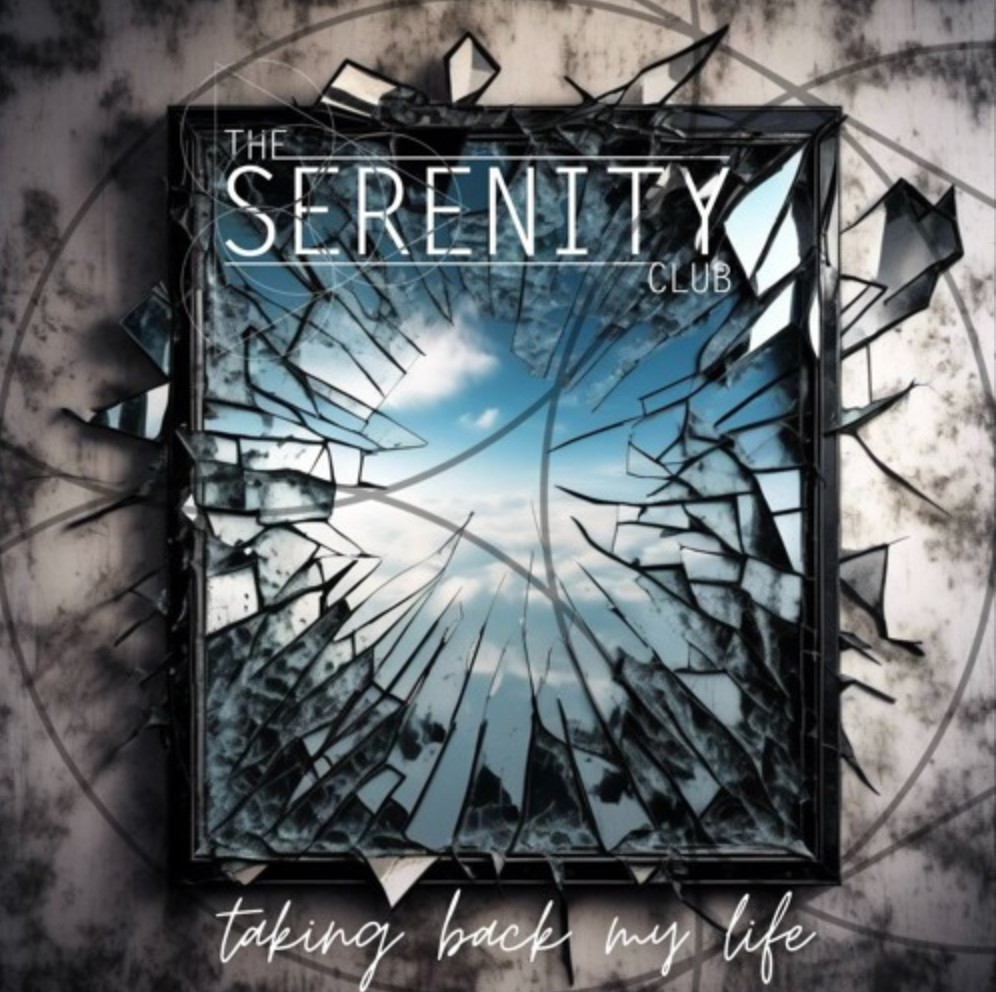Along with Paris and New York, London consistently ranks as one of the best cities in the world for its rich and diverse culture. For decades, a massive part of that culture has revolved around music.
Barely a day goes by before a new metropolitan festival starts in the capital. With All Points East, Camden Rocks Festival, Meltdown and British Summer Time in Hyde Park and plenty more major festivals happening in London’s 32 boroughs, the city constantly attracts music fans from across the UK and beyond.
Pop, rock, classical, jazz, rap, folk and indie fans will never find a shortage of events at the music venues spread across the city. Unsurprisingly, the city has also generated a significant proportion of the UK’s most iconic acts from across all genres.
From Tottenham-born Adele to Amy Winehouse to the original UK rock icon Led Zeppelin to David Bowie, the iconic recording studios in London have never fallen short of talented artists already at their doorsteps. There is only a handful of recording studios in the world that have become a household name; London’s Abbey Road Studios is one of them. Within the walls of Abbey Road Studios, The White Album by The Beatles, Odessy and Oracle by the Zombies and Money by Pink Floyd are just some of the iconic albums that have the talent at Abbey Road Studios to thank.
The London Music Scene wouldn’t be the same without the grassroots venues. The Dublin Castle, the Lexington, Nambucca, The Fiddler’s Elbow, XOYO, The Macbeth and the Jazz Café have all played their part in getting artists discovered.
In the urban arena, the award-winning London-based rappers, Stormzy, Dave, AJ Tracey, Aitch, Skepta and Slowthai have completely redefined the UK hip hop scene in recent years. While exceptionally distinct acts, such as Wolf Alice, Django Django, Baby Queen, have made waves with their off-kilter infectious sound. Wolf Alice, who are thought of as London’s answer to Sonic Youth, won the Mercury Music prize in 2018. They also managed to reach number 2 in the album charts with two of their albums. Yet, most artists live in the ever-growing shadow of the two London heavyweights, Adele and Ed Sheeran. They may not be every musos cup of tea, but that didn’t get in the way of Ed Sheeran selling over 150 million albums worldwide and becoming recognised as one of the best-selling artists to have ever lived. Adele hasn’t done too badly for herself during her decade long career either. Her distinct vocal timbre has allowed her to pick up 15 Grammy awards and plenty of other awards along the way. Adele rocketed herself towards stardom with the release of her debut album, 19, while Ed Sheeran went on the arduous journey from busker to a best-selling artist and became the ultimate contemporary artist success story.

